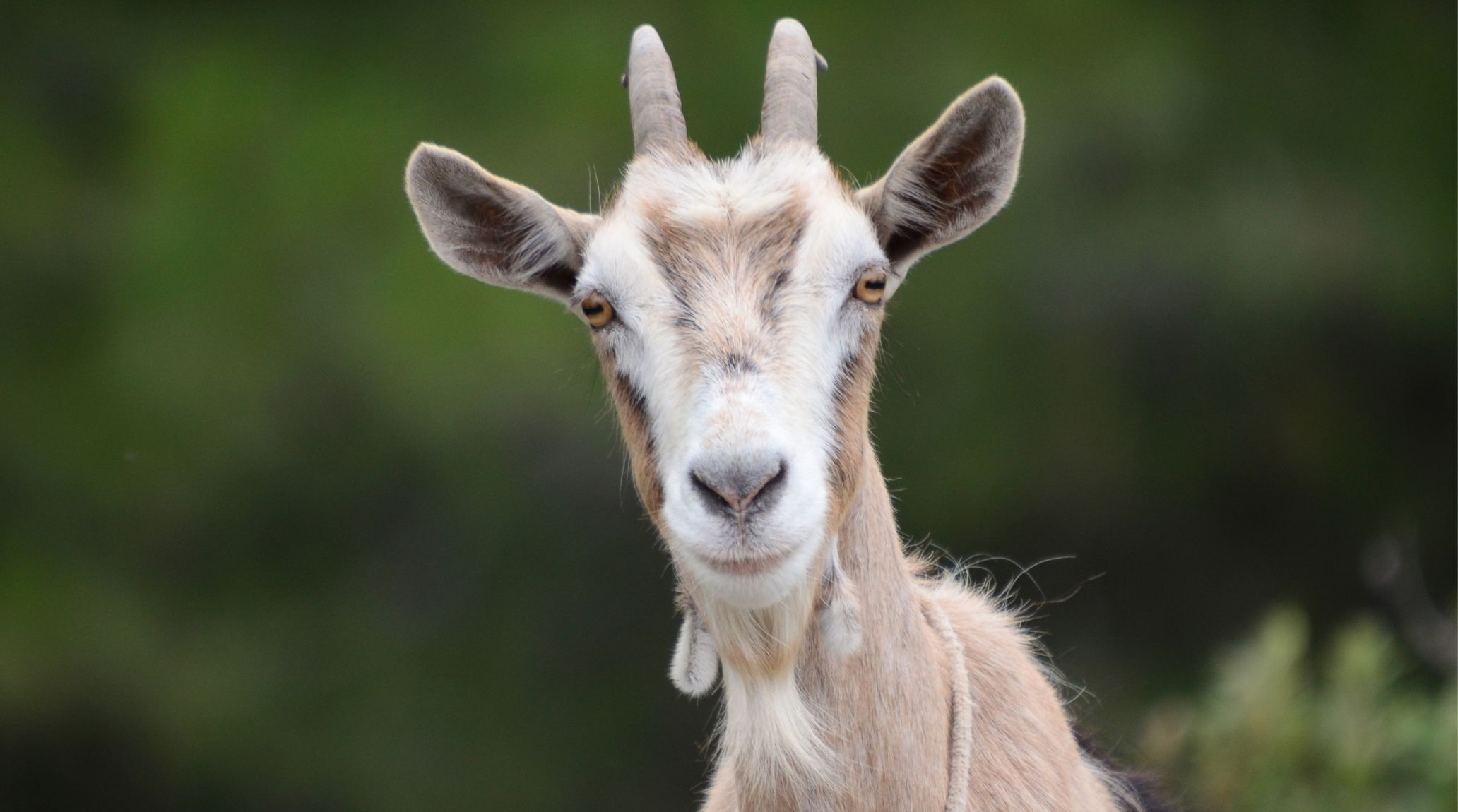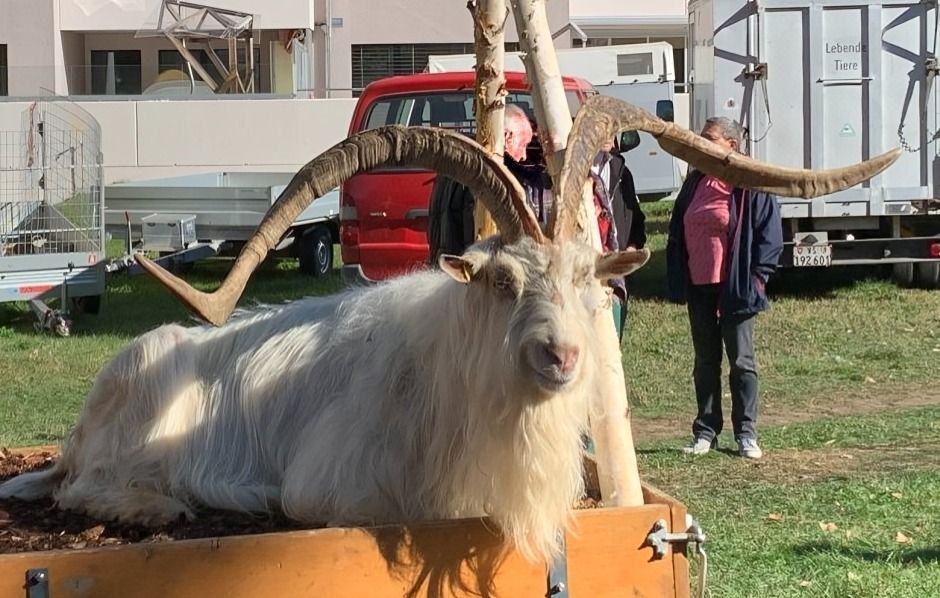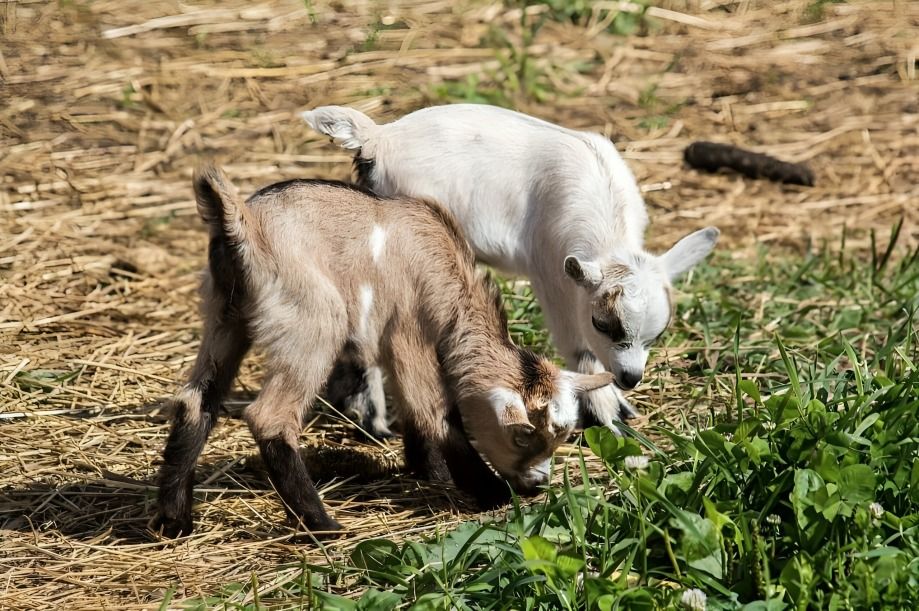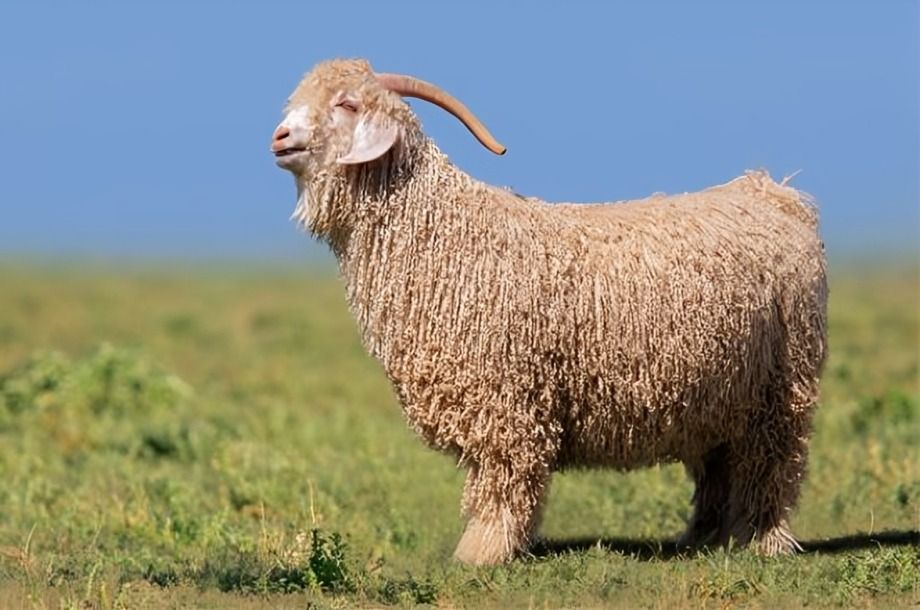
“
This exploration delves into 20 fascinating facts about goats! These remarkable animals have captured human fascination for millennia, from their ancient role in early agriculture to their diverse breeds and unique behaviors. Join us as we uncover surprising insights into the world of goats, shedding light on their adaptability, social structures, and more. 1
1
1
”
Goats were among the first animals domesticated by humans over 10,000 years ago. They're known for their agility, easily scaling trees and steep terrain due to their excellent climbing abilities and balance. 1
With rectangular pupils, goats have exceptional peripheral vision and depth perception. This unique eye structure aids their navigation through rugged landscapes, helping them detect predators and find food.2
There are over 300 goat breeds worldwide, ranging from dairy goats that produce milk to fiber goats yielding cashmere and meat goats providing protein-rich meat. Each breed serves a specific purpose.3
Female goats are called does, males are bucks or billies, and offspring are kids. They live in herds and exhibit social behavior, forming close-knit family bonds that help them thrive together. 4

The largest horn spread on a goat, measuring 146 cm (57.48 in), was recorded for Albino, a Capra Sempione owned by Roland Fercher of Switzerland. This record was verified in Naters, Switzerland, on October 16, 2021.
Goats have four stomachs that aid in digesting tough plant material, a process similar to cows. This efficient digestive system allows them to extract nutrients from fibrous plants effectively. 5
Goats can live between 10 to 18 years on average, depending on breed, diet, and overall care. Their relatively long lifespan compared to other domesticated animals makes them enduring companions. 6
Goats have a gestation period of approximately 150 days, typically giving birth to one or two kids per pregnancy. This reproductive cycle ensures the continuation of goat populations.7
Goat milk is richer in protein and easier to digest than cow's milk for some people. It's used worldwide for making cheese, yogurt, and other dairy products, valued for its nutritional benefits. 8
Goats are intelligent animals that can learn to recognize their names and respond when called. With consistent training and positive reinforcement, they can be taught to come when called. 9

The fainting goat, or myotonic goat, has a genetic condition that causes its muscles to freeze when startled. This harmless phenomenon does not affect their health and is a unique characteristic.
Goats are skilled jumpers, capable of leaping over 5 feet from a standing position. This impressive jumping ability showcases their agility and strength, helping them navigate obstacles in their environment. 10
Goat meat, leaner than beef or lamb, is consumed widely across cultures. It is prized for its tenderness and flavour, offering a healthy alternative to other types of meat. 11
The most prolific goat ever was Julie, a nanny owned by Galen Cowper of Nampa, Idaho, USA. On January 14, 1980, she gave birth to septuplets. Tragically, both the septuplets and Julie, the mother, did not survive. 12
Goats are highly adaptable, thriving in various climates, from mountainous regions to deserts. Their resilience allows them to survive and prosper in a wide range of environmental conditions. 13
Goat milk contains higher levels of essential nutrients such as calcium, phosphorus, and vitamin A compared to cow's milk. This nutritional profile makes it a valuable dietary source, especially for those with lactose intolerance. 14

Angora goats are famous for producing mohair, a prized fiber used in textiles. Mohair is known for its sheen, durability, and insulating properties, making it highly sought-after for clothing.
Goats have horns made of keratin that grow throughout their lives. The size and shape of these horns vary depending on the breed, and they are used for defense and display. 15
The largest goat ever recorded was a British Saanen named Mostyn Moorcock. Owned by Pat Robinson of Ewyas Harold, Hereford & Worcester, UK, it measured 111.7 cm (44 in) at the shoulder and 167.6 cm (66 in) in overall length. 16
Historically, goats have been used as pack animals due to their strength and ability to carry goods across challenging terrain. Their endurance and versatility made them valuable in various regions. 17


